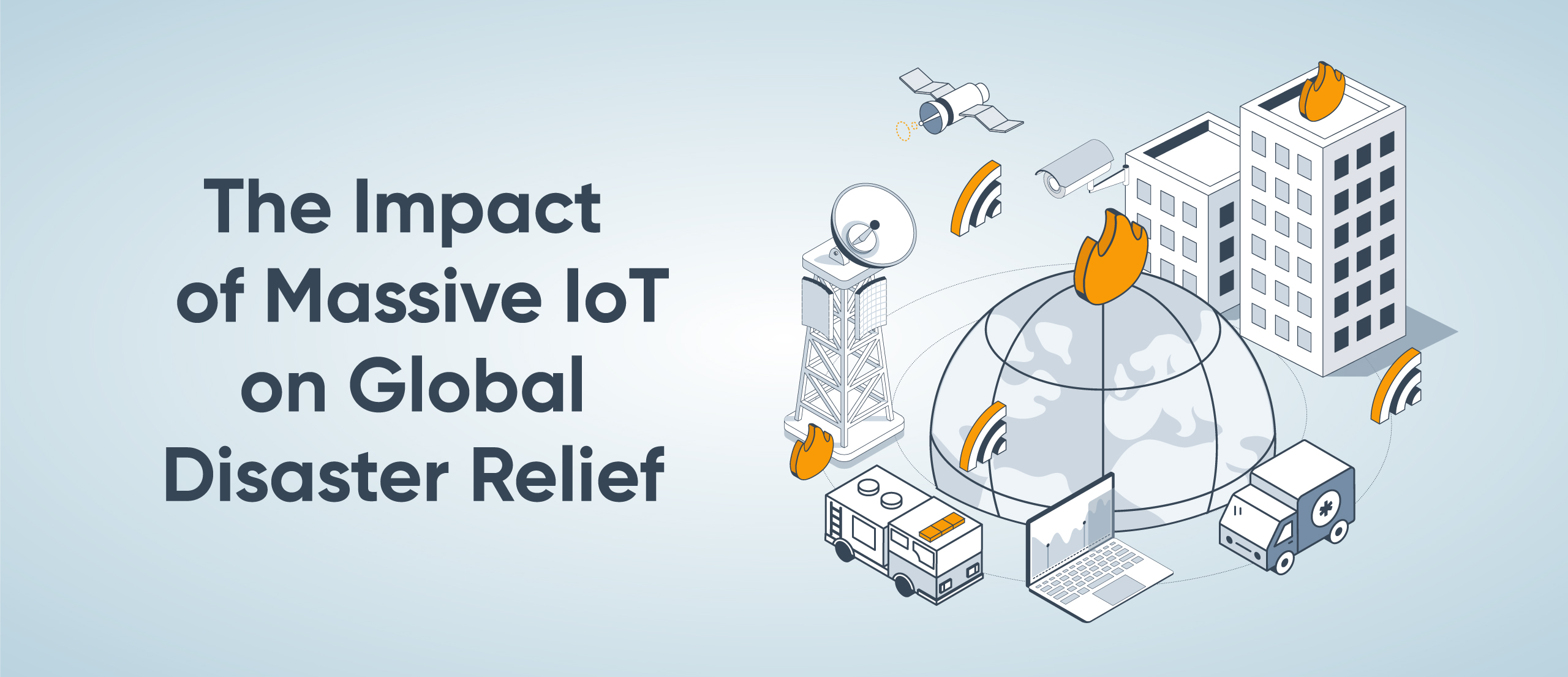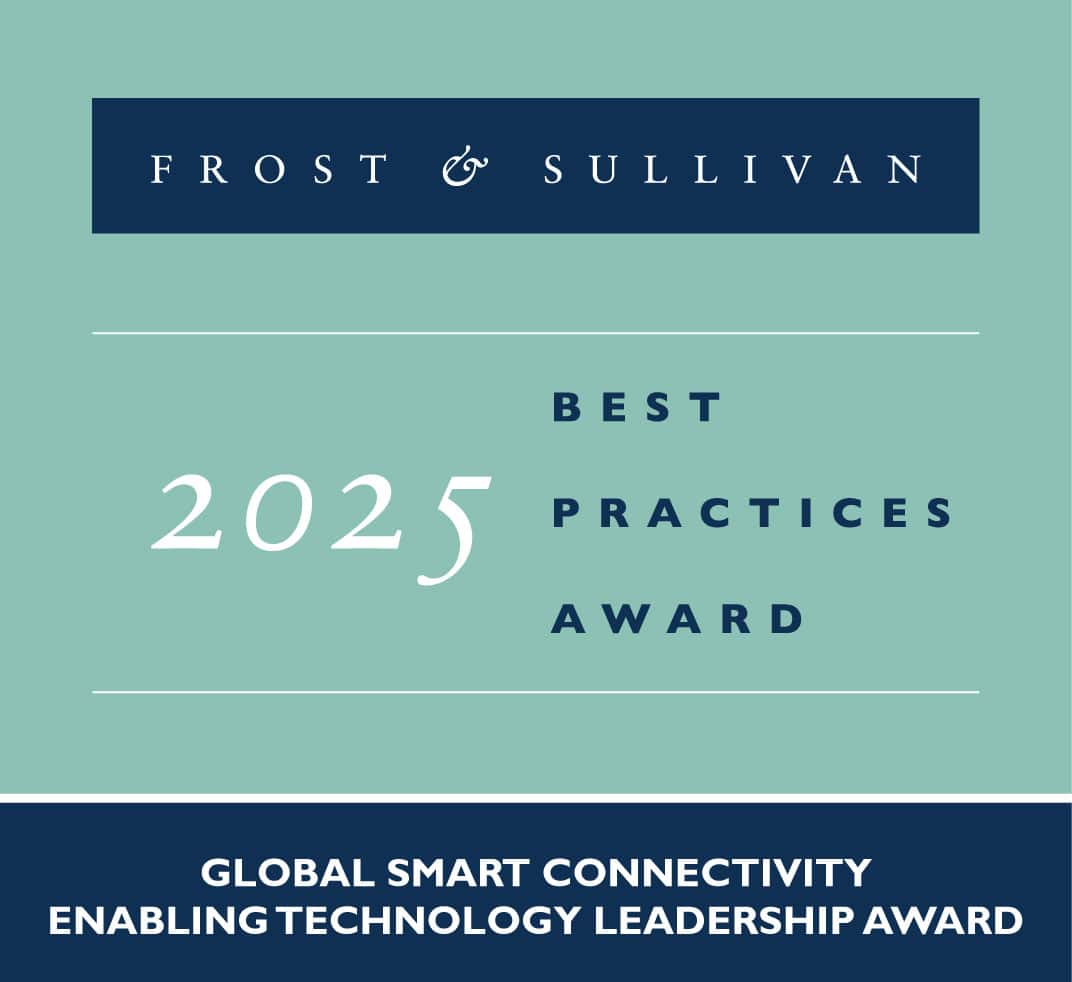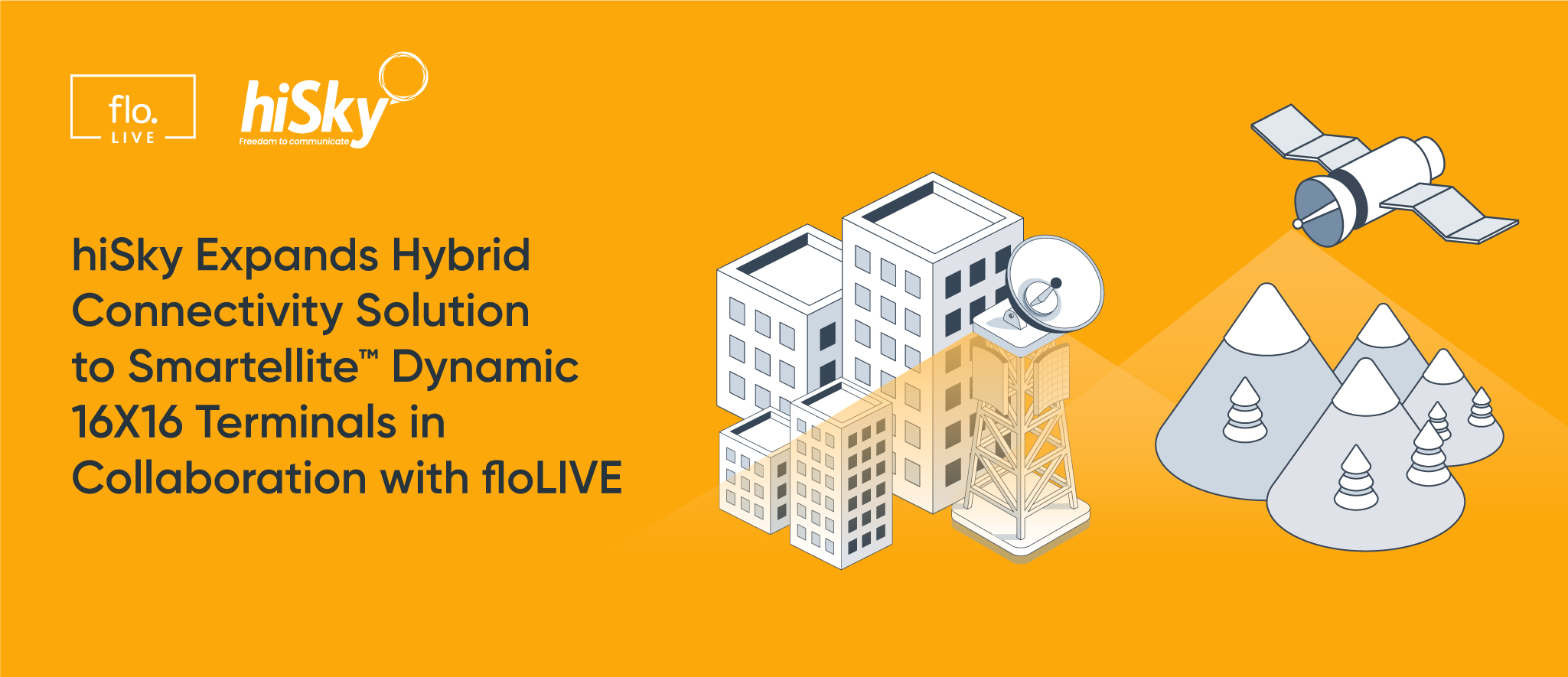Page Contents
Massive IoT and the Global Disaster Relief Opportunity

Page Contents
The IoT connectivity landscape is broadening, giving rise to new segments of IoT that correspond with the capabilities of the connectivity technology. Critical IoT leverages the high reliability, low latency, and availability of 5G; Broadband IoT leverages the same capabilities of 5G but to a slightly lesser degree and dedicated particularly to mobile applications; and Massive IoT earns its namesake through the ability to connect millions of devices through low power wide area networks.
Massive IoT and Low Power Wide Area Networks
Low power wide area (LPWA) networks come in several different sizes and shapes, so to speak, but share the same functionality:
1. Low Power, Long Lifecycle: LPWA networks earn part of their title by supporting lower complexity devices that communicate small packets of data. A smart metering device can turn on and send data once a day and then return to sleep mode. This helps preserve battery life – and LPWA networks can support battery lives of up to 10 years. Smart metering, specifically, can have meter technology that can operate for 20 years, making it significantly simpler to replace a connected device only once throughout the meter’s lifecycle. Connecting a smart meter device to a faster, lower latency and higher throughput connectivity technology like 4G or 5G requires additional, longer communication between the cellular module and the network, resulting in higher battery consumption.
2. Wide Coverage: LPWA networks earn the second part of their namesake by delivering connectivity across a wide coverage area. Devices do not have to be close to base stations in order to communicate. LoRa, for example, has high sensitivity in order to maintain communications despite interference. Other technologies, such as cellular LPWA, can have higher penetrability, which allows for communications through physical barriers, such as pipes, siloes, farmland, etc.
3. Lower Cost, Higher Feasibility: Non-cellular LPWA networks can be more cost effective than cellular, depending on the network and the use case. Also, devices can be lowerer cost because they are lower complexity and now have a connectivity technology that matches the device design.
LPWA networks help fill a significant gap in modern IoT where lower complexity devices can populate large-scale IoT solutions, but in a cost-effective approach that supports longevity, which is where Massive IoT is segmented. Through these LPWA networks, millions of devices can power smart applications from agriculture to asset tracking.
Global Disaster Relief and Massive IoT
Wildfires, floods, hurricanes, droughts and severe storms can cause fatalities, damage and cost the affected areas billions in recovery. In the United States alone, in 2022, there were 18 climate disasters, which caused 474 fatalities and $175 billion in damage.
One of the most significant benefits of IoT is the visibility it can give to just about anything.
For example, the unpredictability of wildfires creates a situation where rapid, uncontrolled spread causes devastation. As a reactionary approach, IoT can monitor the movement of the wildfire and predict its trajectory. Even greater, IoT can be leveraged to monitor environmental conditions that might be prime for the start of a wildfire.
Additionally, IoT can provide greater insight and mobility for agility in responding to disasters. Again, with a wildfire, emergency personnel can alert and clear areas, fire suppression strategies can be optimized, and search and rescue can communicate effectively.
The ability to connect all of these devices through LPWA networks might sound simple on the surface, but it requires stitching together the right connectivity in the right location with the right devices. When leveraging IoT for such critical applications, always-on connectivity is paramount.
I’ll be joining the panel “Global Disaster Relief: IoT to the Rescue” during IMC’s CES Preview on December 6 at 9:30 ET, where I and other industry experts will discuss the intersection of Massive IoT and global disaster relief, as well as the key elements driving these use cases and how to overcome challenges along the way to leveraging IoT to better the world.

Join Our Newsletter
Get the latest tips and insights in our monthly newsletter.









